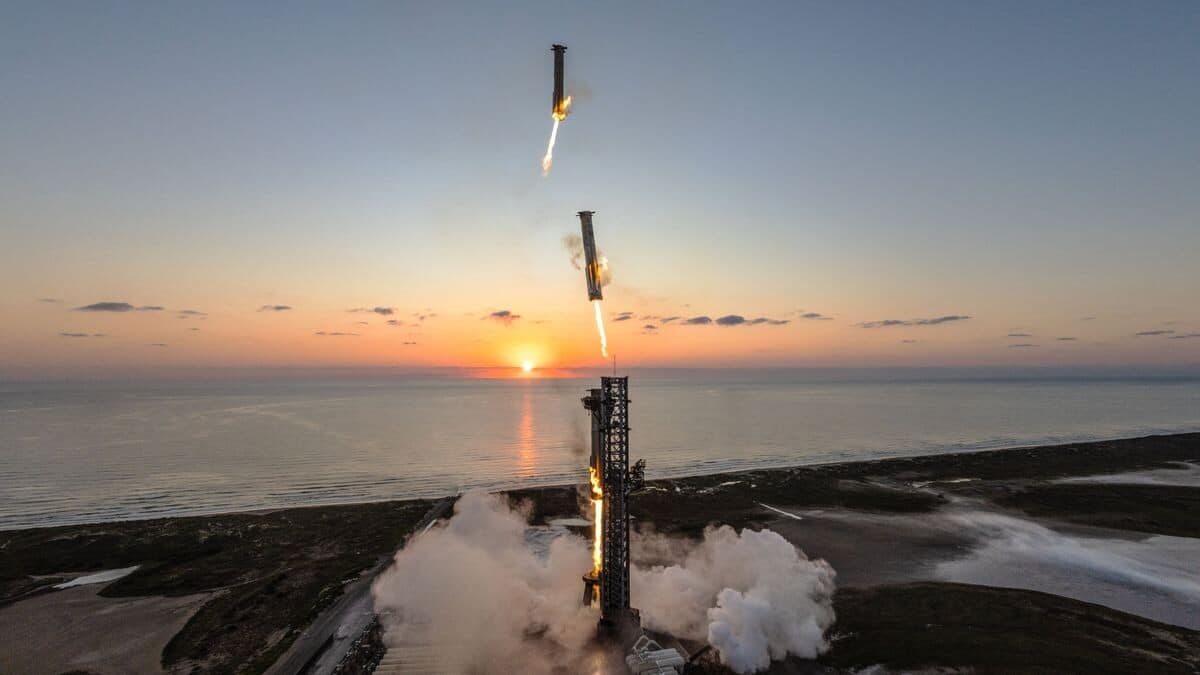
SpaceX to catch Starship's upper stage with 'chopsticks' next year
What's the story
SpaceX has revealed plans to catch the upper stage of its Starship megarocket, using its innovative "chopstick" arms technology in early 2025. The firm's founder and CEO Elon Musk revealed these plans on X. The development comes after the same technology was successfully used during a recent test flight, where the first-stage booster was caught by these arms after returning to its launch mount.
Future goals
SpaceX's ambitious plans for Starship
SpaceX is working on the fully reusable Starship, a 122-meter-tall spacecraft that will take people and cargo to the Moon and Mars. The company has already flown two successful test flights this year, making a lot of progress in its space exploration efforts. Musk was optimistic about catching the upper stage of Starship with the "chopstick" arms tech next year.
Mission specifics
Catching technique may not apply to all missions
That said, the "chopstick" arms catching technique may not be suitable for all of Starship's missions. For example, when carrying passengers to the Moon or Mars, the upper stage will probably require propulsive, vertical touchdowns supported by landing legs. But, for Earth orbit launch missions like expanding its Starlink broadband megaconstellation, or refueling other Starships, launch-mount landings could be more efficient.
Reusability focus
SpaceX's strategy for rapid rocket reusability
The recent test flight also emphasized the Super Heavy booster, which unlike SpaceX's Falcon 9 rocket, isn't intended to land on legs. Instead, a rocket-catching system at the pad was utilized to increase payload capacity and decrease turnaround time. This method is an important element of SpaceX's plan for quick rocket reusability. The successful catch needed precise accuracy as the booster autonomously fell back through Earth's atmosphere and settled between Mechazilla's adjustable arms or "chopsticks."
Upcoming ventures
Starship's potential applications and future missions
Beyond space exploration, Starship could be used to speed up the deployment of SpaceX's Starlink satellites and facilitate point-to-point travel between terrestrial locations. NASA is also counting on a modified version of Starship for its Artemis missions, which will land astronauts on the Moon as early as 2026. SpaceX has grand plans for Mars missions, starting with uncrewed trips possibly launching by 2026 and crewed flights that could establish permanent settlements on the Red Planet.